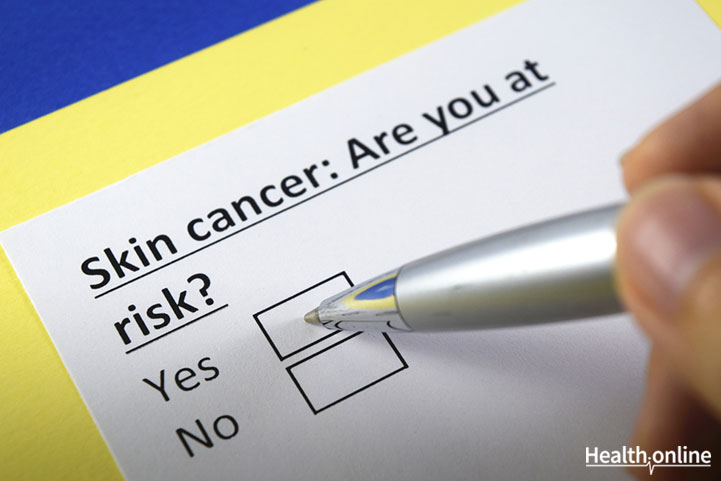
Common Risk Factors for Melanoma Skin Cancer
Melanoma, or skin cancer , is the most common type of cancer. Skin cancers come in three types—melanoma, squamous cell carcinoma and basal cell carcinoma—with melanoma making up only approximately 1-percent of skin cancers, but causing the most skin cancer-related deaths. Even though melanoma rates might seem low, the American Cancer Association (ACA) notes that melanoma diagnoses are on the rise, especially during the past 30-years. ACA statistics show that over 87,000 new cases of melanoma are reported annually with a slightly higher instance of new male patients compared to female patients.
Akin to many other forms of cancer, melanoma is typically caused by a combination of genetic and environmental factors, including the following:
A Family History of Melanoma
Research explains that individuals are at greater risk of developing melanoma if heredity plays a part. More specifically, a mutation of the CDKN2A gene, which can then be passed down from parents to children, and so on. Familial malignant melanoma usually occurs in cases where 2 or more close relatives already have melanoma. An inherited gene mutation in the CDKN2A gene is present in roughly 5- to 25-percent of families and results in heightened familial risk for melanoma.
Frequent Tanning and Sunburns
Exposing your skin to excessive ultraviolet (or UV) light from tanning beds, sunlamps, and the sun’s rays is one of the prime risk factors for melanoma, according to the Mayo Clinic. That means if you spend a lot of time outdoors, in the sun with unprotected skin, or using tanning beds, the exposure to excessive UV ray can put you at increased risk for developing melanoma. This is because the damage caused impacts the DNA of the genes that control skin cell growth. Also, melanoma on areas of the body not normally exposed to UV light (i.e., legs, back, chest) is even more prevalent in individuals who love tanning and are prone to frequent sunburns and blistering.
Suppressed or Weakened Immunity
Research conducted by the Canadian Cancer Society shows that weakened immune systems are often associated with an increased risk of developing melanoma. Immunity can become suppressed for many reasons. For instance, following a major surgery (i.e., organ transplant), due to the use of certain immune-suppressing drugs (i.e., radiation), or due to the presence of another disease (i.e., HIV ), certain patients may be prone to developing skin cancer.
Frequent and Atypical Moles
Your moles can tell you a lot about your proclivity to melanoma. While moles are generally harmless and non-cancerous, the presence of many moles (50 or greater), which occur when melanocyte cells grow clustered in a group, can mean an increased risk of melanoma. Moles are something you should keep an eye on. If they grow larger in size (more than 6-millimeters) or take on an irregular shape, texture, color, or border, they should be examined immediately by a doctor or dermatologist.
You Live Close to the Equator
According to recent articles, there’s a perfectly good reason why reports of skin cancer diagnoses and deaths are most prevalent in Australia and New Zealand — because they are closest to the earth’s equator, where the sun’s rays are more potent. Data collected by Australia’s Department of Health and Aging notes that 1 in 24 Australian males and 1 in 34 Aussie females will be diagnosed with melanoma before age 75 for the simple reason that they are exposed to more UV rays than the rest of the world.
Light Eyes, Hair, and fairy tales
Fairytales the princess with fair hair and skin may get the prince and live happily ever after – but in real-life, she would also be prone to sunburns It’s no surprise that individuals with light-colored skin, eyes, and blonde or red hair are prone to freckles and sunburn after just brief periods of exposure to the sun. Research from the World Health Organization notes that those with less melanin (or skin pigment) are less protected when exposed to damaging UV rays, and thus have an increased chance of melanoma compared to individuals with darker hair, eyes and darker skin complexion. However, keep in mind that with frequent sunburns at a young age, melanoma can develop in any person who doesn’t take the proper precautions to protect themselves from excessive UV damage.




